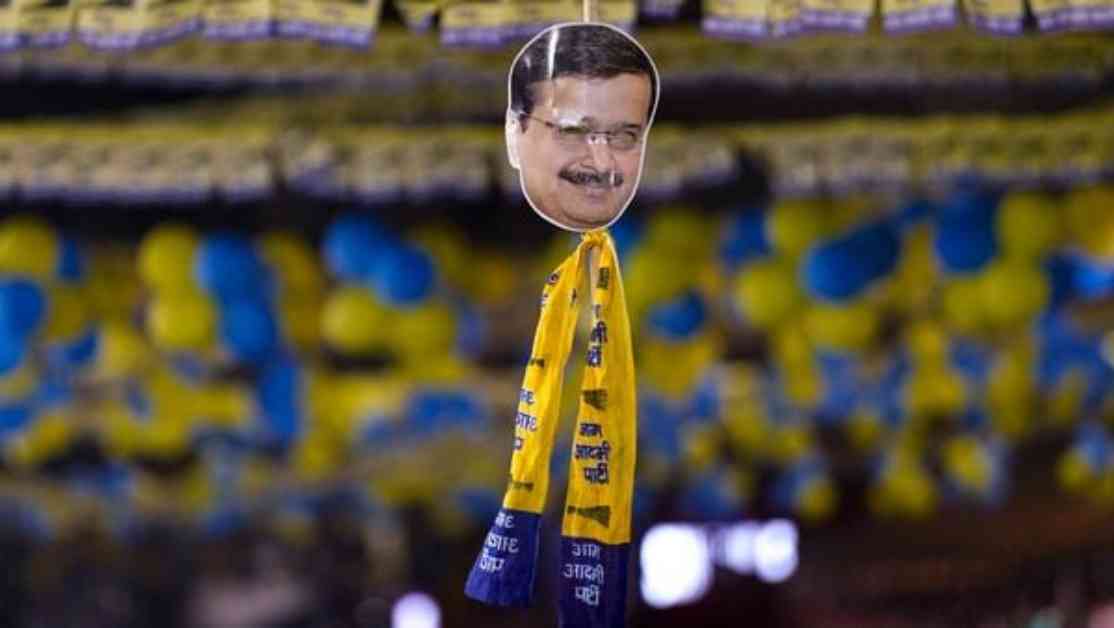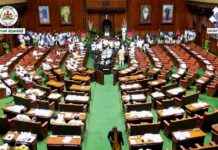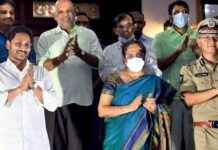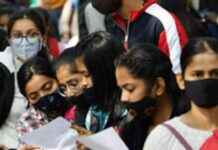The bustling main road of Karawal Nagar in northeast Delhi is a chaotic blend of residential homes, kiosks, and paan stalls. Among the hustle and bustle, Jalvaid Yadav, a fruit vendor in his sixties, eagerly awaits the upcoming Delhi elections on 5 February. Yadav roots for the Aam Aadmi Party (AAP) and its pro-poor focus, praising former Chief Minister Arvind Kejriwal’s efforts in providing free water, electricity, education, healthcare, and public transport for women. On the other side of the road, S.K. Pandey, a Delhi University professor, advocates for the BJP, lauding Prime Minister Narendra Modi’s developmental initiatives.
This contrast in political preferences on Karawal Nagar’s streets mirrors the larger narrative of the Delhi assembly elections, marked by competing visions of welfare-driven governance versus infrastructure-focused development. The AAP’s landslide victory in 2015 with a 54% vote share positioned them as the dominant force, leaving the BJP trailing at just eight seats. The Congress, a distant third, failed to secure any seats. The AAP’s significant lead over the BJP by 15 percentage points indicates potential anti-incumbency sentiments that could sway the upcoming election.
The Battle for Delhi
For the BJP, the Delhi elections are a matter of prestige, having been out of power in the state since 1998 despite notable Lok Sabha victories. With no clear chief ministerial candidate, the BJP is banking heavily on the Modi brand, emphasizing slogans like ‘Modi ki guarantee.’ AAP, on the other hand, faces a battle for survival amidst recent controversies and allegations against party members. The Congress, aiming for a respectable performance after a series of mixed results in recent polls, hopes to regain relevance in the political landscape.
Political commentator Chandrachur Singh notes that the BJP is perceived as a nationalist party with a developmental agenda, but local dynamics often dictate voting patterns based on factors like caste, class, and ethnicity. The suvidha (benefits) versus vikas (development) debate forms the core of the AAP versus BJP narrative, reflecting the contrasting priorities of voters in Delhi.
AAP’s Populist Approach
The AAP’s governance model resonates strongly with the underprivileged sections of society, emphasizing freebies like water, electricity, education, healthcare, and public transport. The Mahila Samman Yojana, offering monthly cash assistance to women, further bolsters AAP’s appeal among disadvantaged communities. From east to west Delhi, Kejriwal’s welfare initiatives receive widespread acclaim, overshadowing corruption allegations against him.
Conversely, the BJP capitalizes on the AAP’s perceived shortcomings in infrastructure development, resonating with voters disillusioned by the lack of progress in areas like road maintenance and drainage. Residents like Suman Devi and Lal Kumar Rai express a desire for change, citing the deteriorating conditions of local roads and drains as key issues that influence their support for the BJP.
The forthcoming Delhi elections are poised to be a riveting showdown between the AAP and the BJP, with the Congress striving to regain relevance. As the suvidha-vikas debate intensifies, the fate of Delhi’s governance hangs in the balance, awaiting the verdict of its diverse electorate.


























